idea 1 - thermal communication
how could i communicate without words with my closest friend who lives (far) in germany? we used to live together and run around in the early morning hours in vienna AT, and would take photos of everything that catches our eyes. it was a way to experience the deserted and sleepy city through a different lense. often, it was not about the particular part of the city, but rather about the moment in time, the situation and the scenario that we would encounter at a specific moment. after we both left the city, we would continue sending each other photos, often without descriptions, of things we encounter, see, and experience. rather than using a phone, which can also do other communications, wouldn't it be fun to have a device that only communicates images, physically, storing them in its own format, without being littered by other forms of communication?

the idea would be too link our respective phones to a network that rasteres jpgs to bitmaps, and sends them to the other persons thermal printer. i would send an image with my phone in boston, and he would receive a printed version of it in his apartment in cologne, and vice versa.
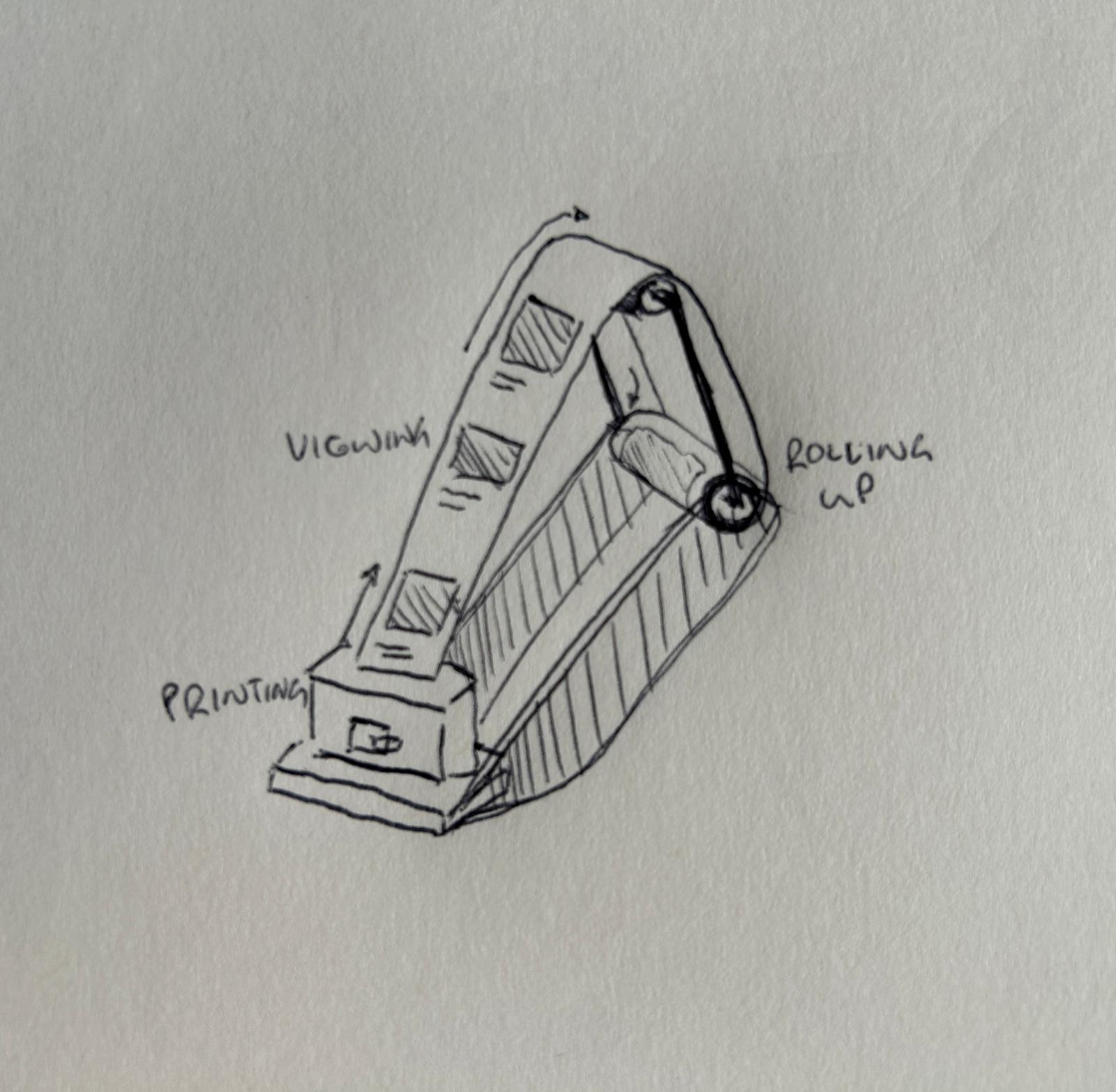
the way this could look is by hooking up a thermal receipt printer to a set of spools, that displays and rewinds the paper roll, always showing you the last image you received.
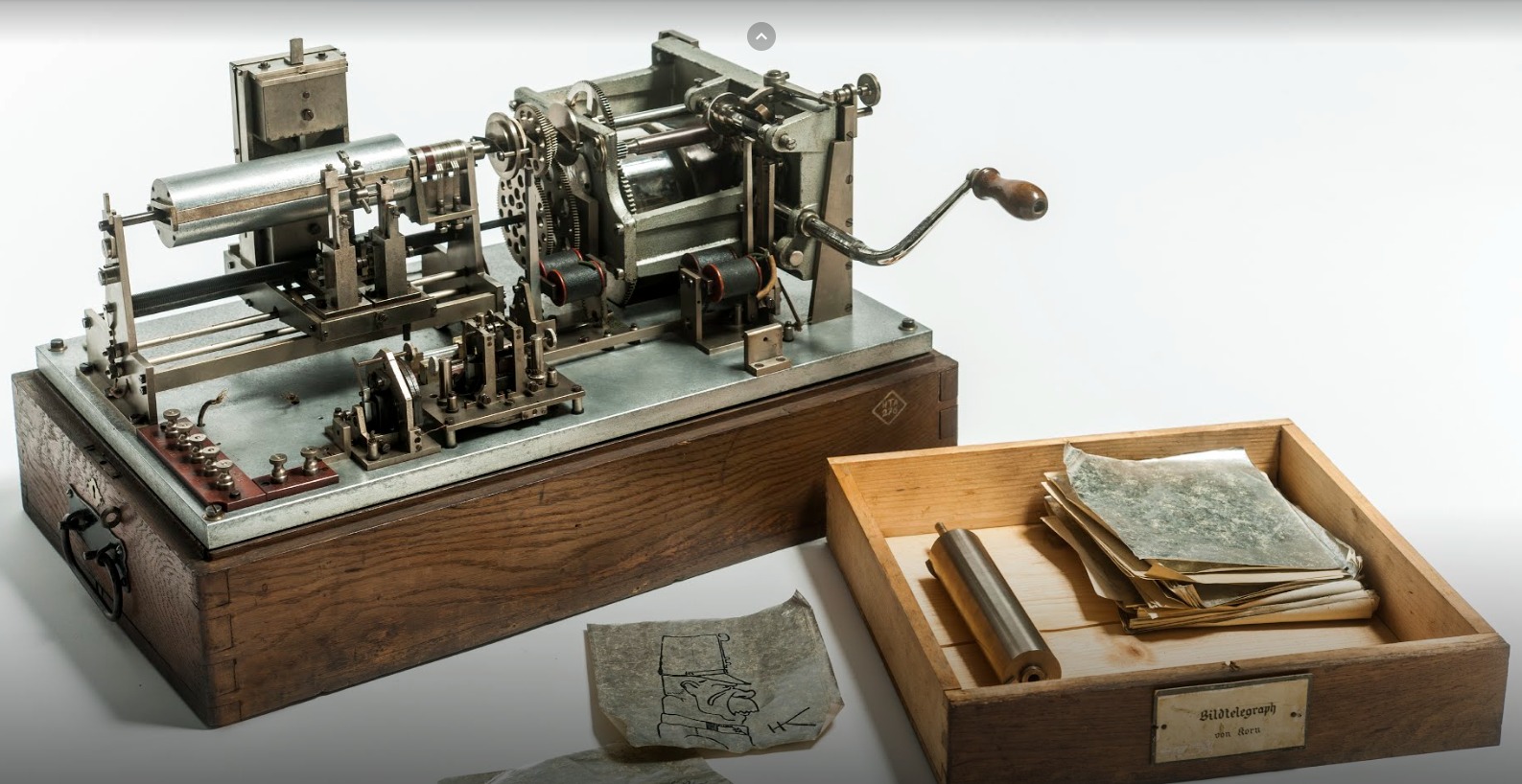
["Teleautograph" copy telegraph, transmitter, and receiver c. 1905]
this idea came up when my friend and i were hanging out last summer in europe and were talking about the photo - night walks we would do and that we would want to find a way to continue this. my friend introduced me to phototelegraphy, a way in which images were able to be sent via telegraph. the black and white image that one wants to send would be translated into a metal roll, that would indicate a with signal/no signal rows of print/no print commands, and would raster the image line by line, while the receiving end would encode the signal onto a metal roll, that would be etched, inked, and printed on paper.
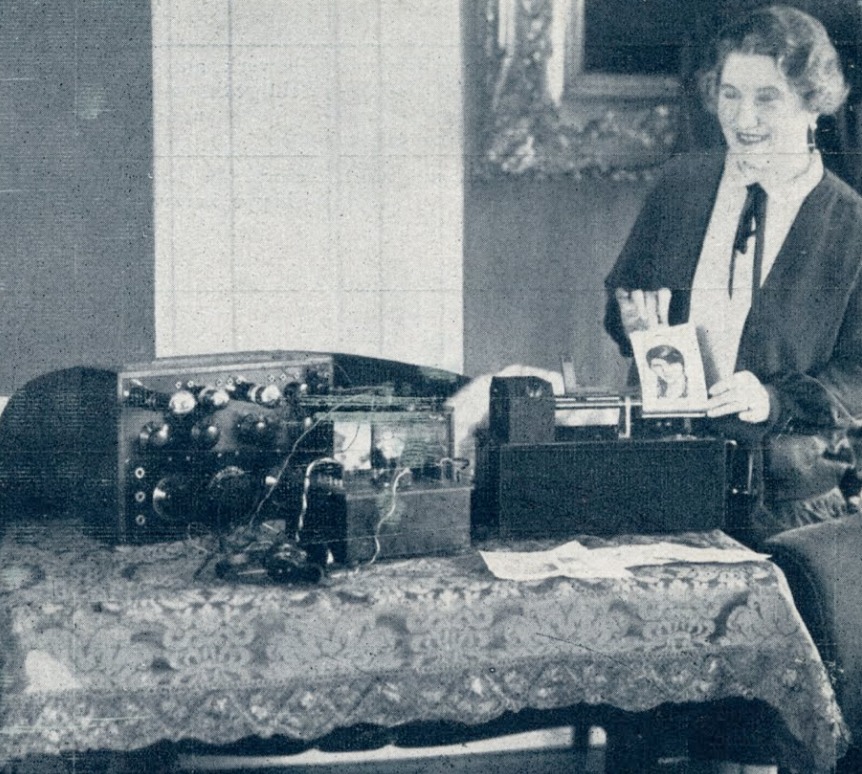
[Advertisement in the brochure "Was ist, was will, was kann der Fultograph" (The Fultograph: What is it, what does it need, what can it do?) Deutsche Fultograph Gesellschaft mbH (*1928)1929]
this technology started as early as 1905 and would turnfrom large objects, to transportable devices.
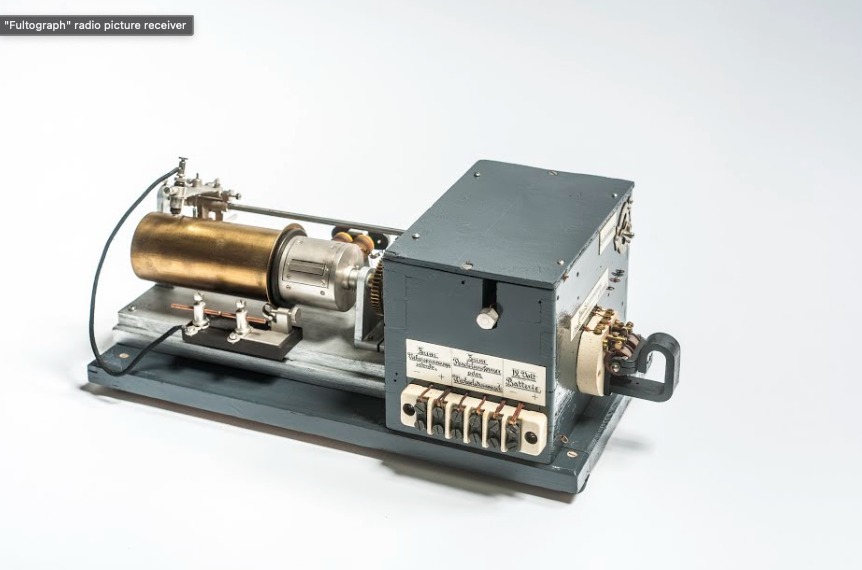
["Fultograph" radio picture receiver Deutsche Fultograph Gesellschaft mbH (*1928)after 1928]
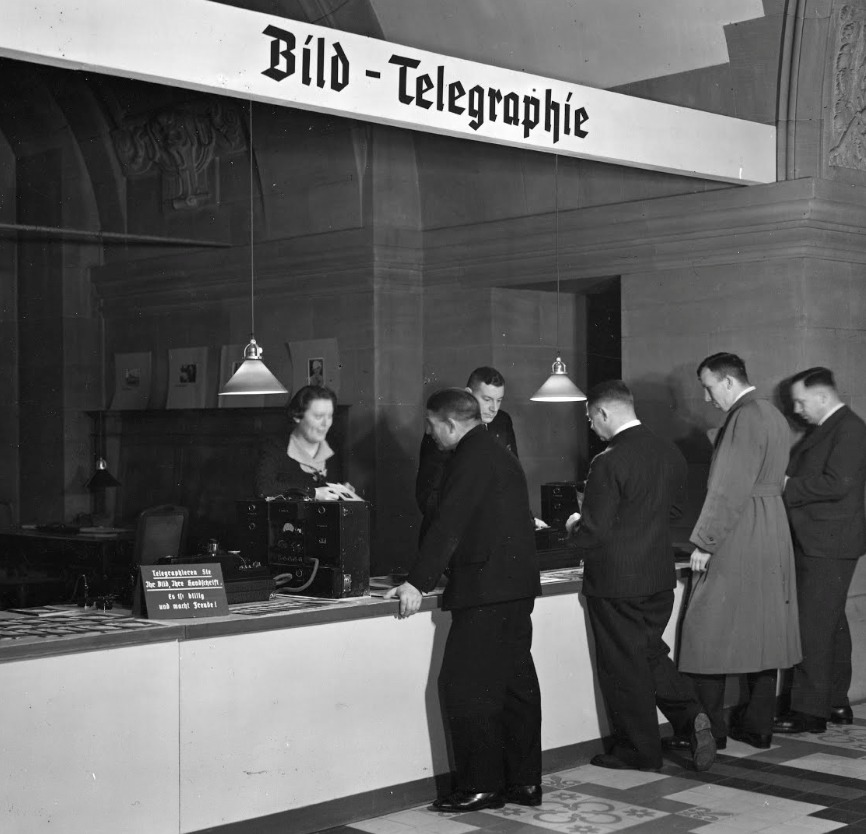
[Photograph "Special picture telegraph station in Berlin" Deutsche Reichspost (1918 - 1945)1939]
the demand of sending images turned into public imaging stations, that would operate from the 30s (interrupted by WWII) and started again in 1950. this way of sending images would continue until it was replaced by the telefax machines in the 80s.
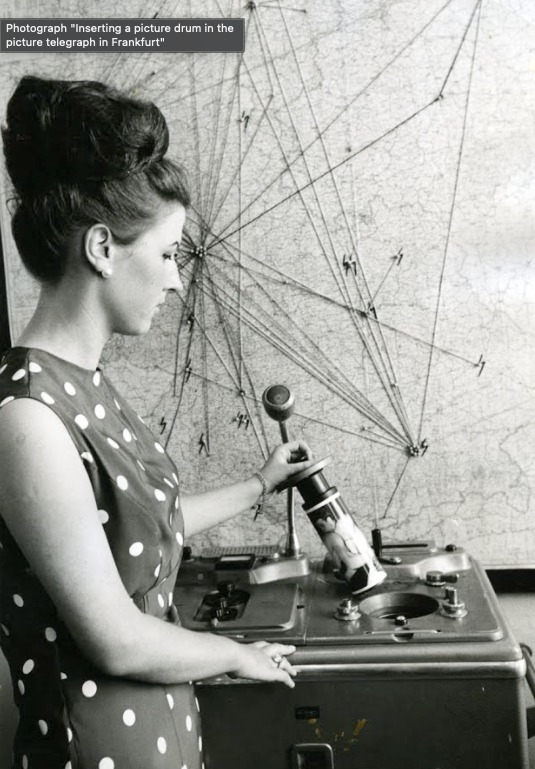
[Photograph "Inserting a picture drum in the picture telegraph in Frankfurt", Fermeldetechnisches Zentralamt Darmstadt (1949 - 1992), 14.07.1964, From the collection of: Museum for Communication Berlin, Museum Foundation Post and Telecommunication]
this image shows a later photograph telegraphing machine using more advanced drums.
idea 2 - night stand
the initial idea for a final project is to create an interactive furniture system, that responds to its environment. The night stand literally describes a standing furniture element during the night. the question remains what it does during the day, the time it is not required to stand.
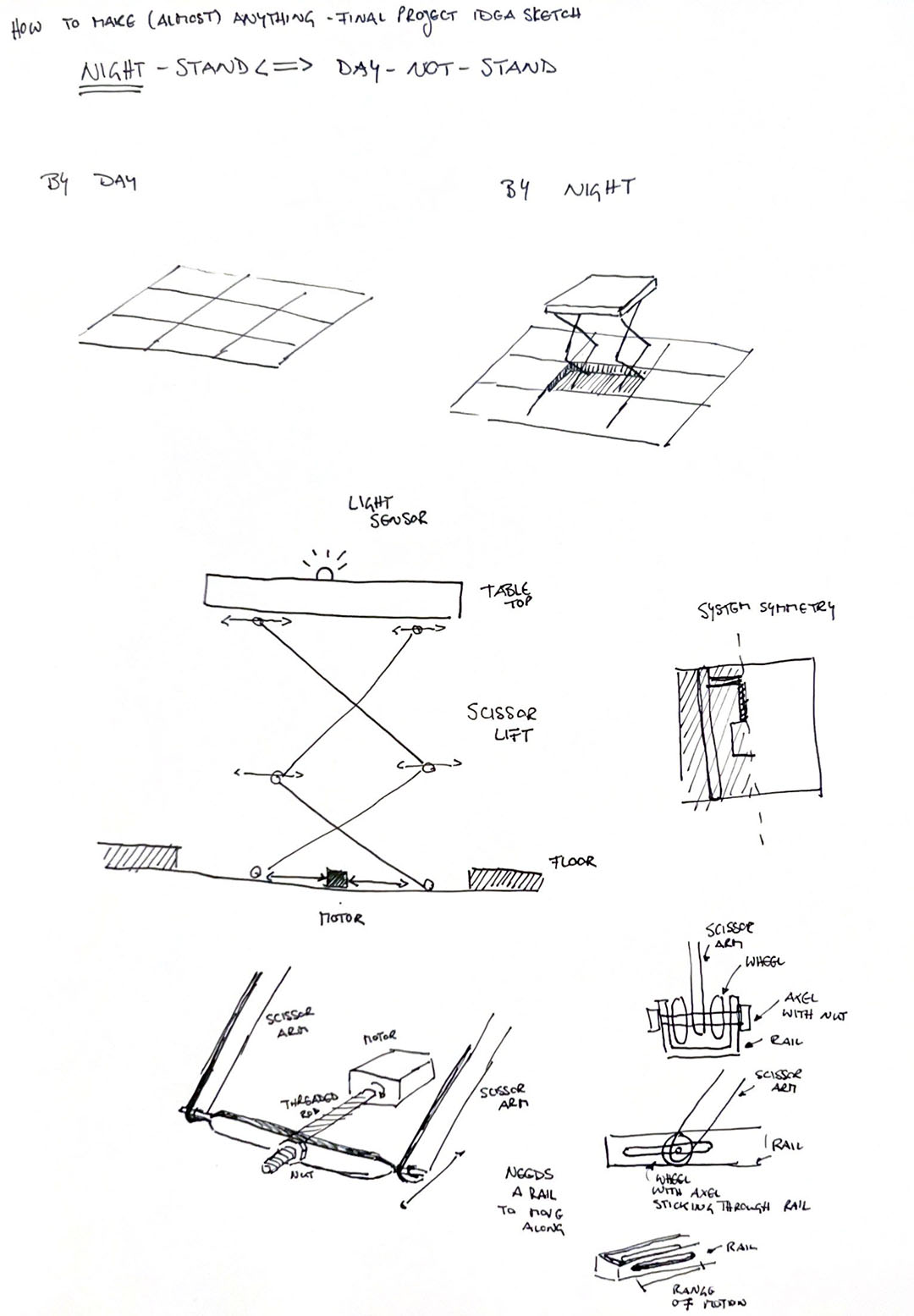
the initial idea for a final project is to create an interactive furniture system, that responds to its environment. The night stand literally describes a standing furniture element during the night. the question remains what it does during the day, the time it is not required to stand

a lifting system communicates with a time/light sensor of the table, determinating the level of "night" and evaluates its capacity to stand respectively

a scissor lift could be a possible way to have a table plate lift and retract depending of the time and the day. i would love to find other ways in which input/output of a furniture element can be dealt with.
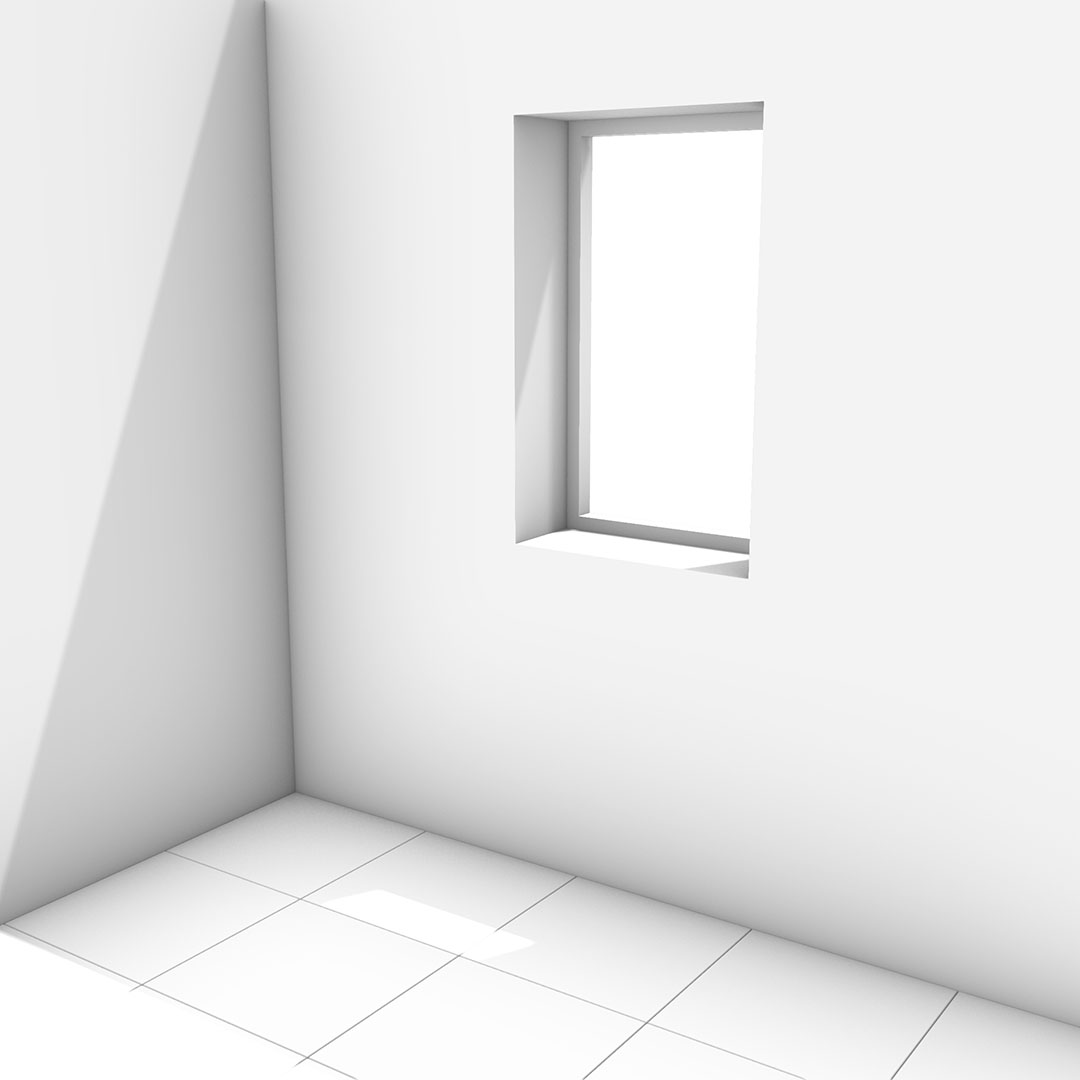
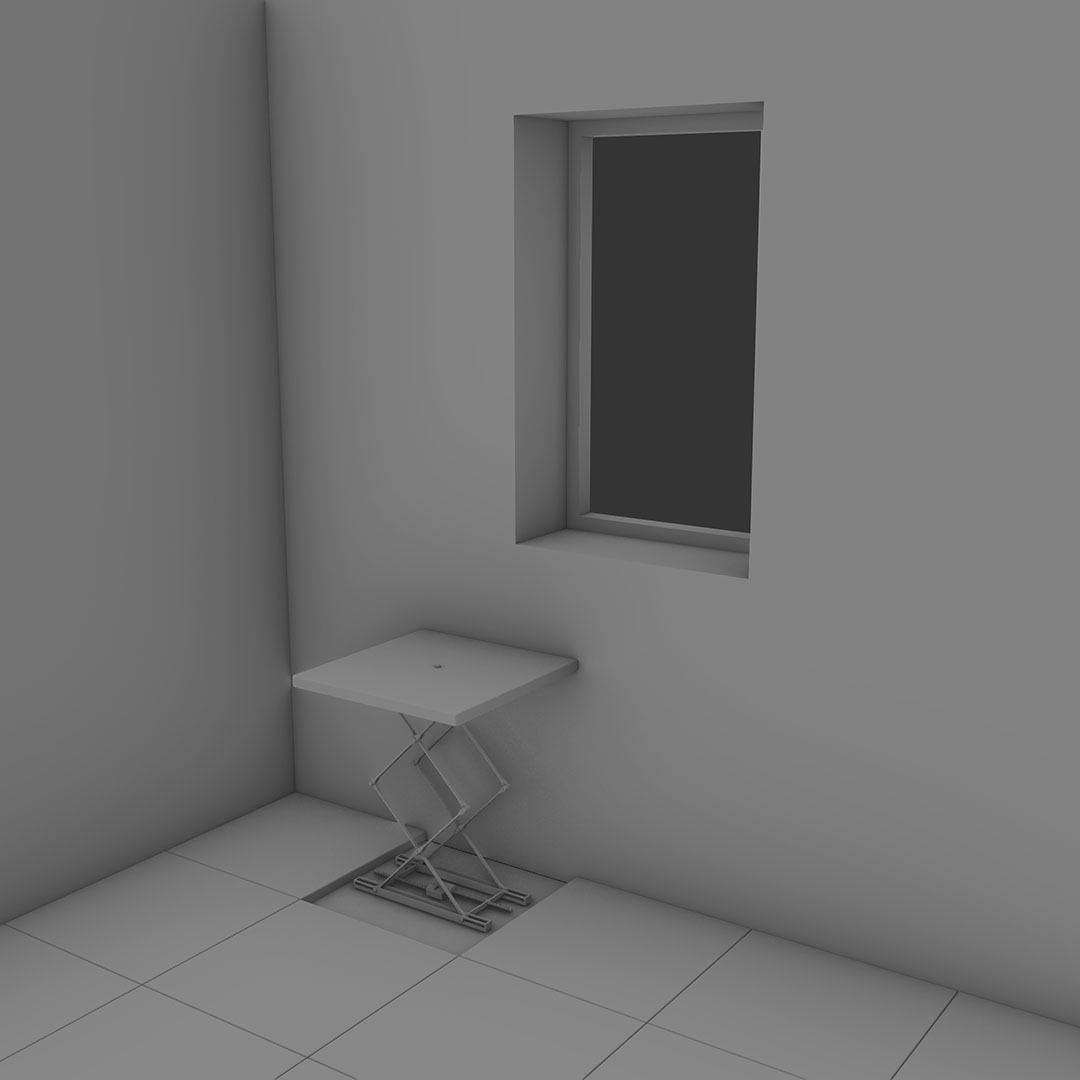
a literal interpretation of a night-stand/day-not-stand could involve a complete disapearance of the structure during the day. If embedded in a system of homogenious floor tiles, this table would integrate into the floor during the day.